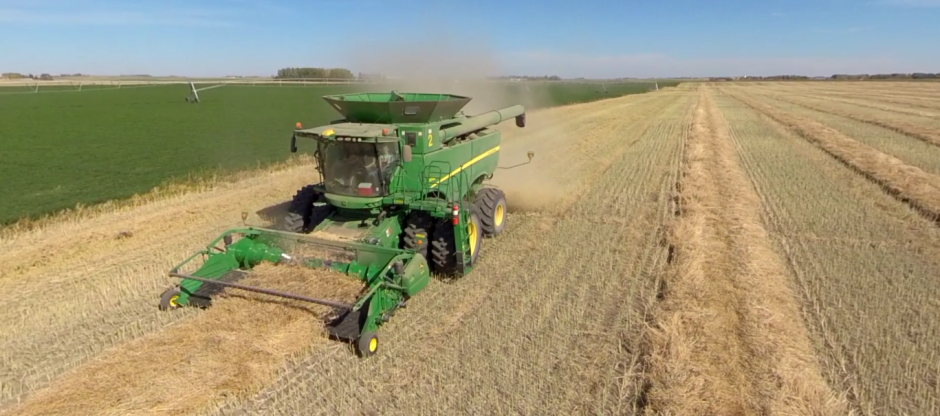A current news story on the website from St. Louis Post-Dispatch
BY DAVID NICKLAUS • dnicklaus@post-dispatch.com > 314-340-8213
Even as homeowners and commercial landlords count their losses from the great real-estate bust, Midwestern farmers are experiencing the biggest property boom in a generation.
The rapid run-up in land values is bound to make some people nervous, especially older farmers who remember how property values collapsed during the farm crisis of the 1980s. Farm economists, though, don’t yet see signs of a land-price bubble.
Even by, say, Miami-condo-market standards, last year’s farmland appreciation was eye-popping. The Kansas City Federal Reserve Bank said recently that land prices jumped 25 percent across the Great Plains, while the Chicago Fed reported a 22 percent increase in the heart of the corn belt.
Economists at both banks said the increase was the biggest since the 1970s. Jason Henderson, a vice president at the Kansas City Fed, said land values were driven up by two things: low interest rates and high crop prices.
Corn brings almost 90 percent more than it did three years ago, while soybeans have risen 45 percent, boosting the income that farmers expect to earn from their land. Low interest rates let them borrow cheaply to expand, while also dimming the appeal of alternative investments, such as bonds or bank CDs.
If commodity prices stay where they are, or even decline a bit, today’s land values aren’t hard to justify. “Some call it a new era,” said David Oppedahl, a business economist at the Chicago Fed. “It’s not that we will always be at today’s prices, but the thinking is that the volatility is moving around a higher average, to a higher plateau. That changes things for farmers.”
The U.S. Agriculture Department projects that corn prices will average $4.50 a bushel over the next decade, down from $6.40 now but well above the $2-to-$2.50 range that was common for much of the 1990s and early 2000s.
Pat Westhoff, co-director of the University of Missouri’s Food and Agricultural Policy Institute, also predicts that crop prices will retreat a little from the record levels of 2010 and 2011. “I don’t think it’s enough to cause a collapse, but it should be enough to slow down the surge in farmland values that we’ve seen,” he said.
Today’s farmland boom differs from the housing bubble in a couple of important ways: It’s not fueled by debt, and farmland hasn’t yet attracted many speculators.
“Investors don’t seem to be purchasing much, because farmers have been able to outbid most of them at the auctions,” Oppedahl said. “There has been some investor interest in the sector, but it’s not a real big phenomenon.”
As for debt, both farmers and bankers seem to remember the harsh lesson of the 1980s, when overleveraged landowners lost their farms to foreclosure. Henderson says debt levels, as a percentage of farm assets, are at a record low.
“As long as farmers don’t have a lot of debt on their books, they should be able to withstand a correction in farmland values,” he added.
Not that anyone expects that correction. Certainly the supply of rich Midwestern soil isn’t getting any larger, and in fact the economists say that relatively little land changes hand each year. Meanwhile, demand for the crops grown on that land continues to grow, driven by the U.S. biofuels industry and by increased consumption in places like China.
The land-price boom of 2011 may not be repeated anytime soon, but as long as those fundamentals of supply and demand remain in place, you won’t hear farmers calling it a bubble.
Read more from David Nicklaus, who is the business columnist for the Post-Dispatch. On Twitter, follow him @dnickbiz and the Business section @postdispatchbiz.


